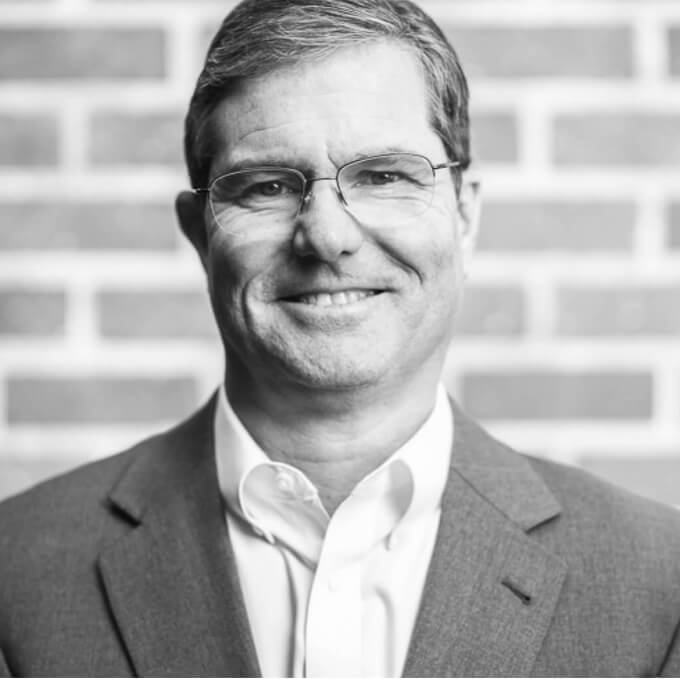The average retirement age is between 61 to 67, but no rule says you can’t retire younger. For many Americans, 50 is the ideal age to begin their golden years. At 50, you’re young enough to enjoy retirement and old enough to understand what you want from life.
But retiring early also creates some apprehension: Can you afford to retire at 50? How much money do you need to retire at age 50? And what will be the true cost of retiring early?
The process for determining when to retire is the same, even when portfolios differ. In this article, we’ll cover the essential steps to help you decide if retiring at 50 is right for you.
Key Takeaways
- Retiring at 50 is possible but requires in-depth financial planning.
- You must balance growing your retirement income and preserving your nest egg, which requires multiple strategies.
- Working together with a fiduciary advisor can help you navigate the retirement planning process.
Step 1: Setting Your Retirement Goals
Retirement means something different to everyone. That’s why it’s impossible to accurately list a clear amount you’ll need to retire comfortably. You need to review your lifestyle and expenses to calculate this number. Considering travel, housing, and hobbies are all critical to estimating your annual retirement needs.
Where you retire matters as well. For example, retiring in California will be more more expensive than retiring in Florida. Things like groceries, healthcare, housing, and utilities will differ state by state. Figuring out where you want to retire, and how much it will cost, is crucial.
The generic benchmark for most retirees aims to replace 70-80% of pre-retirement income. If you earn $100,000 per year, you will need to replace at least $70,000 in retirement. Keep in mind that this is just a generic rule of thumb. There are many situations where, due to the retirement lifestyle desired, retirees need more annual income in retirement than when they were working.
Whether you need 70%, 100%, or 100+% of your pre-retirement income, getting to this level can appear daunting, but it isn’t impossible. You will likely need to plan for multiple revenue streams outside of Social Security and your 401(k).
Consider our guide on Retirement Income and Cashflow to help you better decide how much you will need in retirement.
Step 2: Assessing Your Financial Readiness to Retire Early
Before doing anything, it’s always important to establish the age you’d like to retire at. For our purposes, it’s 50 years old.
Retiring younger translates into fewer years to save and more years when you need to rely on your investments. Before you decide to retire early, you’ll need to closely evaluate your finances.
You can start the process off by evaluating your current retirement savings. Tax-advantaged retirement accounts can help minimize taxes, and employer matching contributions can maximize investments.
The next step? Assessing your retirement income sources. Calculating social security benefits, pensions, and other income streams offers a more accurate view of what to expect during your golden years.
Basing these calculations on your target retirement age will enable you to track benefits, especially the implications of retiring early on Social Security.
Step 3: Building Your Retirement Nest Egg
Next, you’ll want to max out tax-advantaged retirement accounts through investing in your 401(k), IRA, and similar accounts. You’ll also want to take advantage of catch-up contributions to boost your retirement savings after age 50 – an incentive to stay in the workforce a little longer.
It’s also a best practice to diversify your portfolio, regardless of when you want to retire. You will want to determine what mix of stocks, bonds, and other investment vehicles allows you to build the next egg to the point where it will support your remaining retirement income needs.
Conceptually, this sounds simple; diversify your portfolio so you don’t have all your eggs in one basket. But how you diversify is very important. It needs to be the “right” mix of stocks, bonds, and other investment vehicles.
Here is where the assistance of a 100% objective fiduciary advisor can make or break you financially. Too many “financial planners” are simply selling products with steep commissions, which can often perform very poorly. Choosing badly can actually set you back.
A 100% objective fiduciary advisor is legally and morally bound to work in your best interests to develop the right allocation strategy for your needs, circumstances, and stage of life.
Step 4: Creating a Sustainable Income Stream
During retirement, you’ll need a clear strategy for optimizing your income. It’s not enough to know what you will get from Social Security, your pensions, and similar investments, and then to simply rely on the 4% withdrawal rule.
For decades, retirees have used the 4% rule to gauge how much they should withdraw to preserve their savings. The 4% rule states that if you withdraw a maximum of 4% of your portfolio value each year, you should be able to maintain your portfolio for the remainder of your life. For example, if you plan on retiring with $2 million, the 4% rule means you may withdraw $80,000 in your first year in retirement. After that, you would adjust your withdrawal for inflation.
The 4% rule is also one of those generic benchmarks. It’s good for conversation purposes, but it is not a one-size-fits-all rule. You need to assess what your realistic investment return will be in retirement to truly ascertain what amount or percent you can withdraw. Blindly following this rule can get you in trouble. Just ask the people who started retirement using the “old” rule. The “old” rule used to be the 5% rule. Economic circumstances have forced a change in the withdrawal rule – moving it from 5% to 4% – which means retirees using the “old” rule may be withdrawing too much.
The reality is that the amount you can safely withdraw from your investment during retirement is heavily influenced by a variety of factors that no simple rule can cover. Don’t rely on any generic rule or benchmark.
For some, identifying additional sources of income can help reduce withdrawal amounts and preserve your nest egg. Working part-time may be an option. Others may look at alternative methods for income sources, such as starting a side business or renting out a vacation home part-time through VRBO or Airbnb. Dedicated rental properties or inheritance income may also be appropriate.
Step 5: Managing Healthcare Costs in Early Retirement
Health insurance is one of the biggest expenses in retirement, but according to one report, 4 out of 5 people cannot accurately estimate healthcare costs in retirement. Therefore, researching potential options is critical for optimizing savings. In addition to Medicare, you may also want to consider private insurance, concierge healthcare, or other options.
Health Savings Accounts (HSAs) can help you save for medical expenses and reduce taxes. An HSA is essentially a savings account with tax-free withdrawals for qualified medical expenses. You can use your HSA for expenses like hearing aids, prescriptions, ambulance visits, psychiatric care, qualified long-term care, and more. There are limits to deposits into these accounts, but you can add an extra $1,000 after age 55.
The main downside? You can only withdraw funds from your HSA for retirement purposes after age 65.
Outside of specific plans, you’ll want to include long-term care expenses in your calculations or have strategies to offset costs. For example, you may decide to live in a retirement community, hire a long-term care provider, or stay at home with family that is well-suited for caregiving.
Step 6: Planning for a Comfortable Retirement
It’s also helpful to create a comprehensive and centralized retirement plan. In other words, it’s often easier to include all the pieces we’ve discussed in a single document. This makes it easier to track progress and adjust for changes.
This single document should include estimated expenses, inflation expectations, added healthcare costs, insurance costs, social security benefits at various ages, and your overall investment strategy. All of these components should work together to give you a better picture of how to retire at 50.
Leveraging the assistance of a 100% objective fiduciary financial advisor to put this together and ensure it’s realistic, rather than a glorified product sales pitch, giving you more confidence to stick to your plan when there’s a market downturn or a recession.
Finally, you’ll want to adjust your plan regularly to ensure alignment with financial situations and goals.
Step 7: Reducing Debt and Managing Expenses
As you transition into retirement, monitoring expenses and debt is important. Paying off high-interest debt, such as credit cards and personal loans, is typically a priority.
It may sound counterintuitive, but it’s sometimes better to keep low-interest debt. If your return on investments is significantly higher than the interest charged on your debt, it probably makes sense to keep the debt as it is currently structured and pay it off based on the agreed-upon amortization schedule.
Lower monthly expenses, where possible and reasonable, can be helpful. This can be done through downsizing, relocating to tax-friendly states, or other cost-saving measures.
Jumpstart Your Retirement Planning
The key to successful retirement planning – no matter what age you retire at – is preparation. Taking inventory of your retirement assets today ensures you can make better decisions for your golden years. It also helps to have an objective professional on your side to help you make adjustments along the way.
Since 1975, First Financial has provided 100% objective financial advice from retirement to tax planning and beyond.
Discover how we can help you navigate retirement and book a call with our professionals today.
Greg Welborn is a Principal at First Financial Consulting. He has more than 35 years’ experience in providing 100% objective advice, always focusing on the client’s best interests.
Greg Welborn is a Principal at First Financial Consulting. He has more than 35 years’ experience in providing 100% objective advice, always focusing on the client’s best interests.


